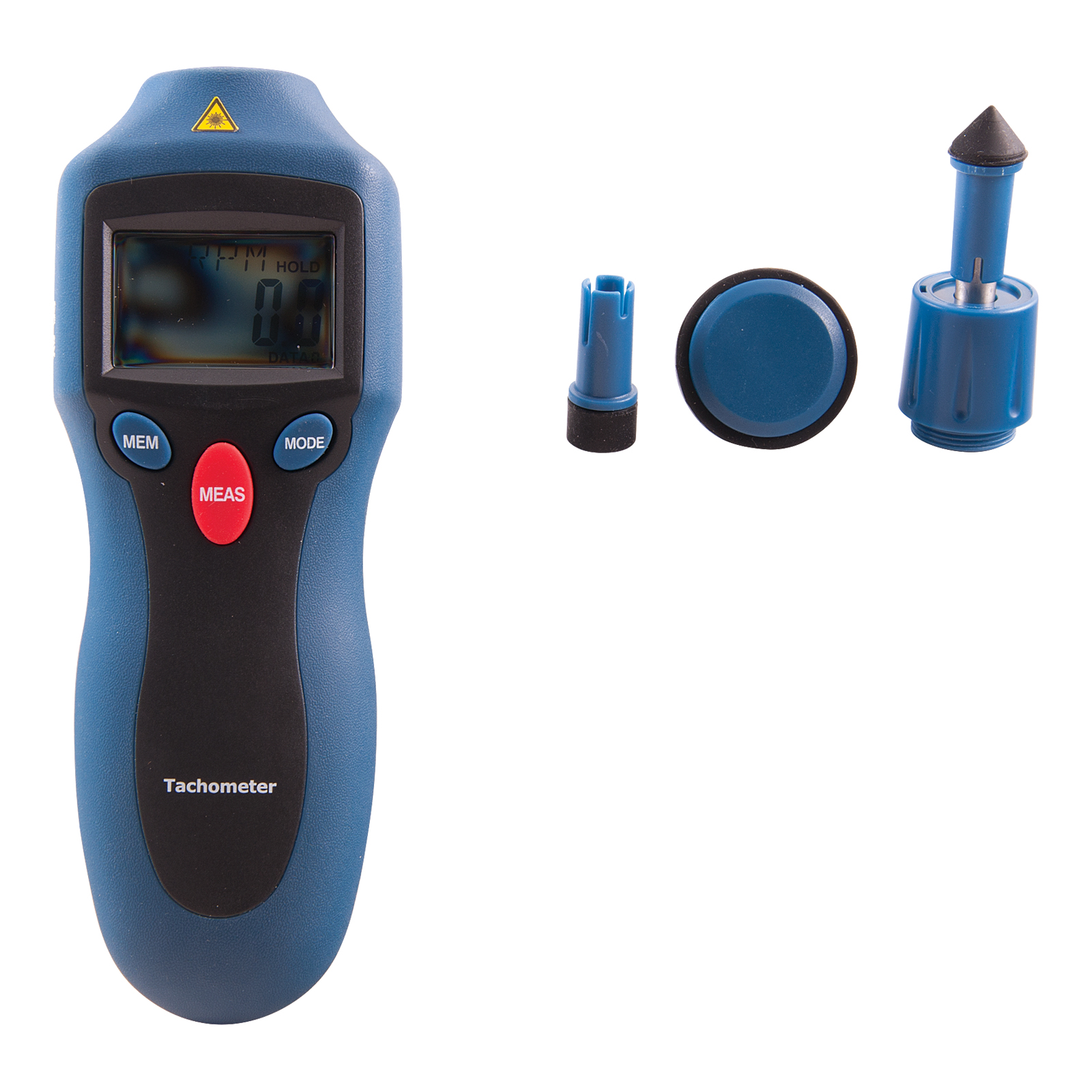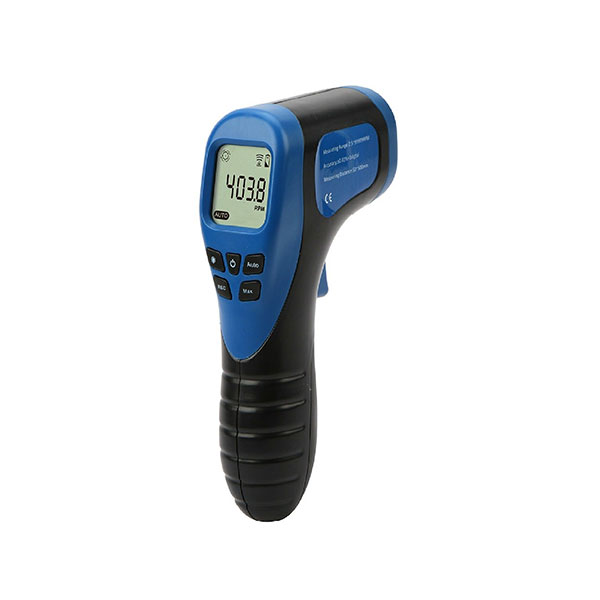Professional Tips for Maintaining and Calibrating Your Tachometer
Professional Tips for Maintaining and Calibrating Your Tachometer
Blog Article
The Value of a Tachometer in Keeping An Eye On Engine Rate and Efficiency in Automotive Applications
In the world of vehicle engineering, the tachometer stands as a critical tool in the vehicle driver's toolbox, providing a straight window right into the internal operations of a lorry's engine. Past its function as a mere gauge of transformations per minute (RPM), the tachometer acts as a crucial device for enthusiasts and experts alike, providing real-time insights into engine performance and health and wellness. Recognizing the significance of this gadget goes past surface-level observations, delving right into the detailed partnership between engine speed, power output, and total driving experience. As we explore the diverse role of the tachometer in automobile applications, a much deeper recognition for its effect on lorry dynamics and effectiveness starts to arise.
Importance of Monitoring Engine RPM
Monitoring engine RPM, or revolutions per minute, is an essential element of auto upkeep and performance analysis. Engine RPM directly associates with the rate at which the engine's crankshaft turns, showing how quickly the engine is running - tachometer. By checking RPM, auto mechanics can examine the wellness of the engine, spot prospective concerns, and fine-tune efficiency. An unusual RPM analysis may indicate issues such as engine misfires, malfunctioning stimulate plugs, or issues with the fuel delivery system. Constantly high RPM analyses could show hostile driving practices or the requirement for a higher gear shift to boost fuel efficiency.
In addition, keeping an eye on engine RPM is essential for efficiency analysis in auto racing and high-performance lorries. In summary, monitoring engine RPM is not just essential for spotting concerns however additionally for enhancing engine performance in various vehicle applications.

Advantages of Real-Time Information
In auto applications, real-time data plays a critical duty in offering instant understandings right into the efficiency and problem of the lorry. By constantly keeping track of numerous criteria such as engine rate, temperature level, gas usage, and a lot more, real-time data offers various advantages that contribute to enhanced effectiveness and security when driving.
Additionally, real-time data assists in performance optimization by supplying prompt comments on driving behaviors and engine efficiency. Drivers can adjust their habits in real-time based on this info to accomplish much better gas economy and prolong the life-span of their automobile.

Furthermore, real-time information plays a crucial function in modern vehicle diagnostics, making it possible for technicians to promptly diagnose and resolve breakdowns. This causes lowered downtime, lower maintenance costs, and ultimately, enhanced overall car reliability and longevity (tachometer). By using the power of real-time data, auto stakeholders can make enlightened decisions that favorably influence both the efficiency and long life of the vehicle
Effect On Gear Shifts
The Check This Out tachometer plays a vital duty in optimizing equipment changes by offering real-time engine rate information to the chauffeur. When approaching the redline on the tachometer, it indicates the motorist to upshift to prevent over-revving the engine and triggering possible damages.
Additionally, the tachometer aids in achieving smoother gear changes, especially in manual transmissions. By monitoring engine rate, drivers can implement gear shifts at the optimum RPM array, decreasing jerking activities and decreasing wear on the transmission parts. This precision in equipment changes not just enhances driving convenience yet also adds to sustain performance.
Enhancing Fuel Effectiveness
Offered the vital function the tachometer click for source plays in optimizing gear shifts for performance and engine health and wellness, it directly adds to optimizing fuel efficiency in automobile applications. By giving real-time feedback on engine rate, the tachometer aids chauffeurs in maintaining the most efficient RPM variety for fuel economy. When chauffeurs continually keep an eye on the tachometer and adjust their driving behaviors as necessary, they can stay clear of unneeded gas usage brought on by over-revving or carrying the engine.
Moreover, the tachometer helps drivers determine the most fuel-efficient equipment to be in at any given moment, stopping the engine from functioning more challenging than necessary. This is especially critical throughout velocity and cruising, where being in the ideal gear can significantly impact fuel effectiveness. In addition, the tachometer can inform chauffeurs to possible mechanical problems that could be adversely influencing fuel economic situation, such as a sliding clutch or a clogged air filter. To conclude, the tachometer works as a useful device in boosting fuel effectiveness by promoting ideal driving routines and recognizing areas for renovation in the car's efficiency.

Making The Most Of Engine Long Life
The tachometer's function in keeping track of engine rate and efficiency is instrumental webpage in ensuring the durability of vehicle engines. Keeping track of the tachometer allows drivers to remain within the recommended RPM variety for their car, avoiding unnecessary strain on the engine and extending its life expectancy.

Conclusion
Finally, the tachometer plays an essential function in monitoring engine rate and performance in auto applications. By supplying real-time information on RPM, it allows for reliable gear shifts, enhanced fuel efficiency, and optimized engine longevity. This device is essential for maintaining optimum engine efficiency and making sure the overall performance of a lorry.
Report this page